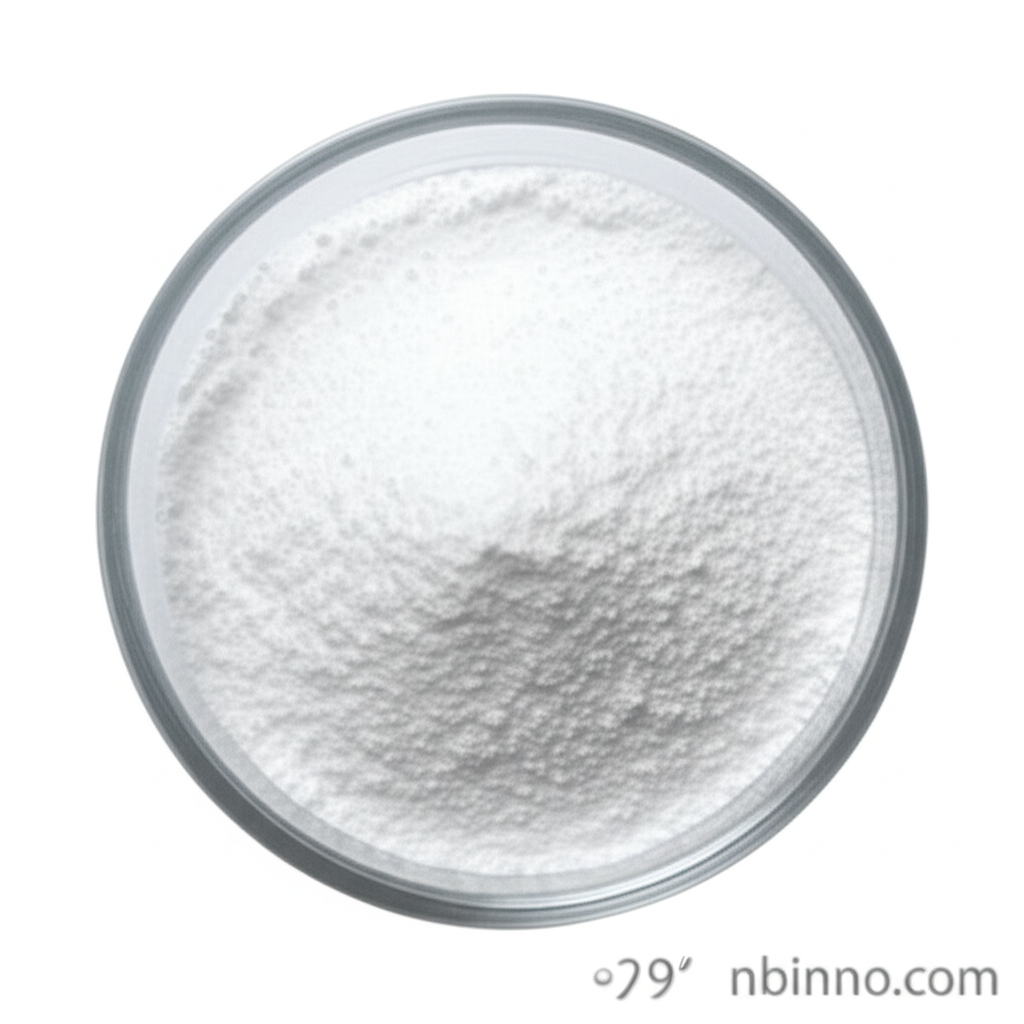High-Purity 9,9'-(1,3-Phenylene)bis-9H-carbazole: A Premier Phosphorescent Host Material for Advanced OLEDs
Unlock the potential of next-generation displays with our advanced carbazole-based host material, driving efficiency and brilliance.
Get a Quote & SampleProduct Core Value

9,9'-(1,3-Phenylene)bis-9H-carbazole
As a leading phosphorescent host material, 9,9'-(1,3-Phenylene)bis-9H-carbazole is engineered for superior performance in OLED applications. Its exceptional properties, including a high triplet energy of 2.91 eV and a deep highest occupied molecular orbital (HOMO) level, are critical for enabling efficient blue phosphorescent light-emitting diodes. This compound is essential for achieving high photoluminescence internal quantum yields, approaching 100% when used with specific blue emitters like FIrpic, thus enhancing overall device efficiency and color purity in advanced display technologies.
- Explore the potential of high triplet energy carbazole derivatives for next-generation display technology materials.
- Discover how deep HOMO level organic semiconductors can enhance OLED performance, as seen with this key material.
- Understand the advantages of using 9,9'-(1,3-Phenylene)bis-9H-carbazole in OLED applications for efficient blue emitter hosts.
- Learn about organic semiconductor layer materials crucial for organic light-emitting transistor applications.
Key Advantages
Exceptional Efficiency
Achieve near-unity quantum efficiency in blue phosphorescent emitters by utilizing this material as a host, directly contributing to more vibrant displays.
Superior Stability
Benefit from the robust molecular structure that contributes to the longevity and stability of organic electronic devices.
Tailored Electronic Properties
Leverage the precisely engineered high triplet energy and deep HOMO level for optimal charge balance and exciton confinement in OLEDs.
Key Applications
OLED Host Materials
Serve as an ideal host for phosphorescent emitters, particularly for efficient blue light emission in OLED displays and lighting, impacting advanced organic electronics materials.
Organic Semiconductors
Function as a crucial component in organic semiconductor layers for fabricating devices like organic light-emitting transistors (OLETs), supporting organic electronics for lighting applications.
Research & Development
Provide a versatile building block for researchers exploring novel organic electronic materials and improving the performance of existing devices, advancing OLED host materials science.
Advanced Materials Synthesis
Utilize as a backbone material in the synthesis of new functional organic materials with tailored electronic and optical properties for emerging technologies.
